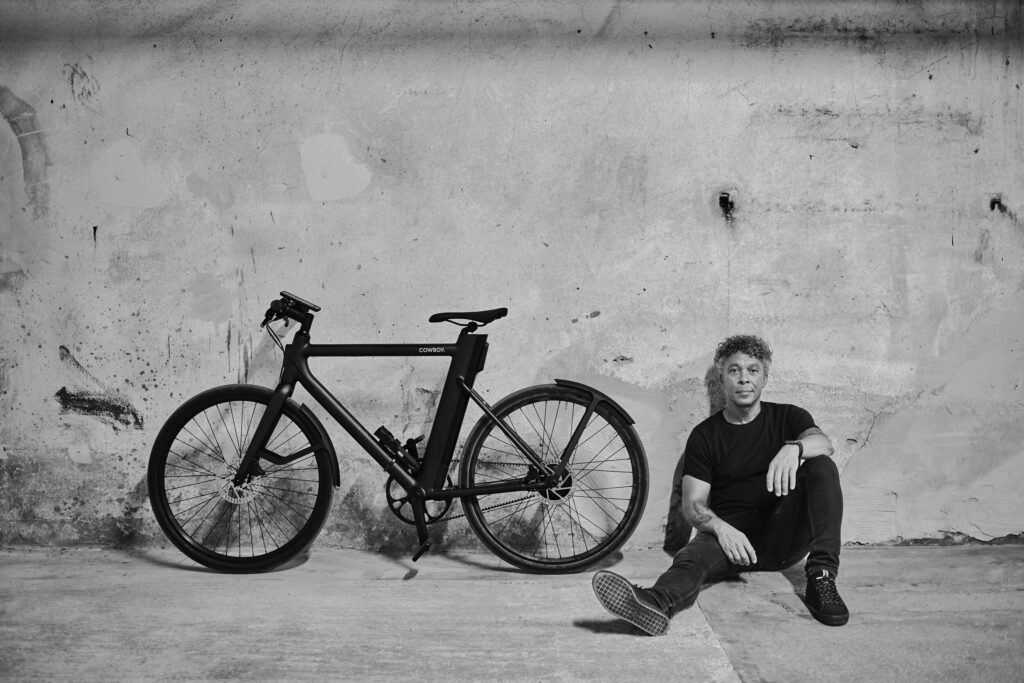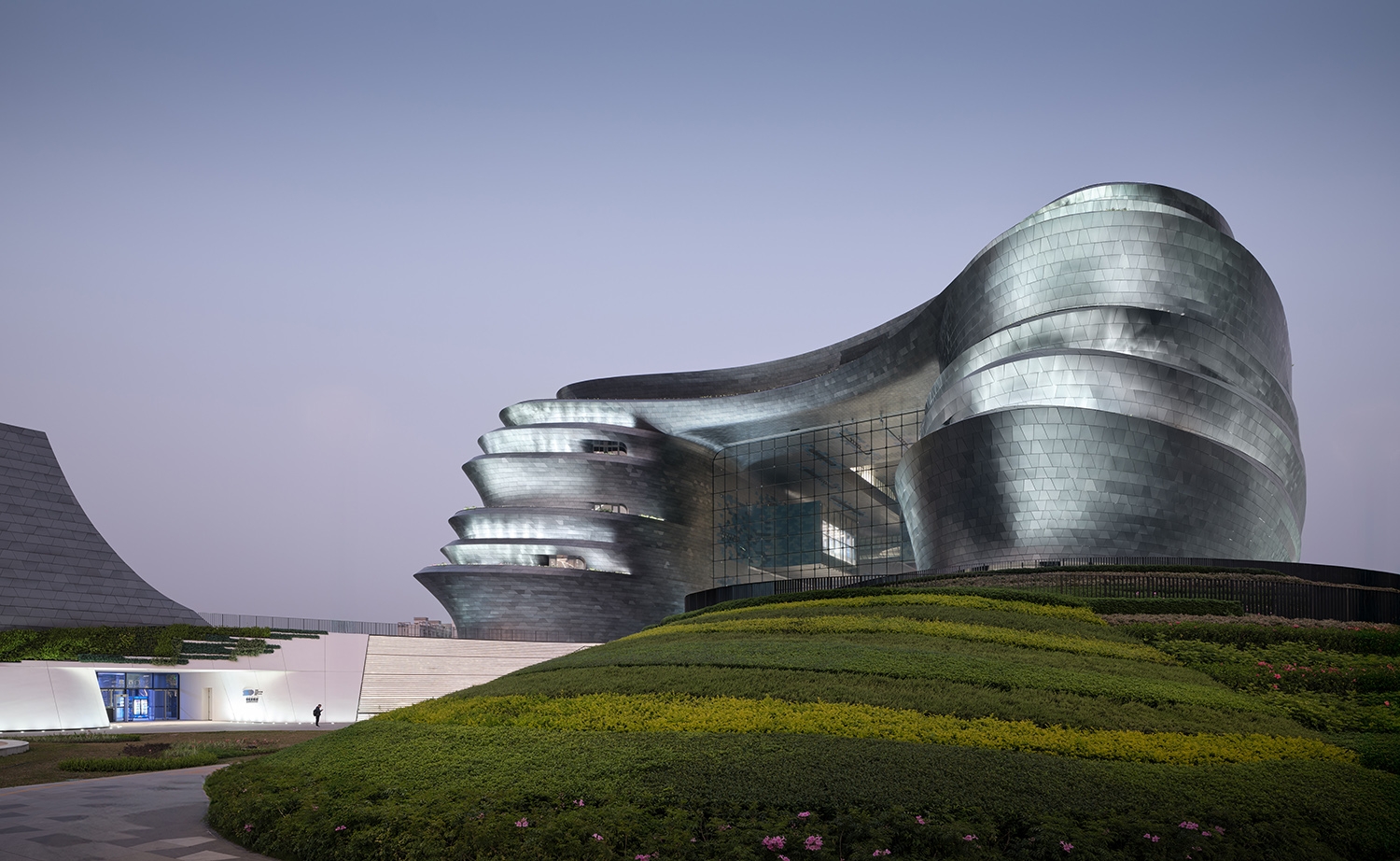We are delighted to feature Charles Johnson, a distinguished member of the FIT Sport Design Awards jury. Charles brings over three decades of expertise to the forefront of human performance, design, technology, and manufacturing. His illustrious career spans various sectors, including sports, fashion, active lifestyle, and esports.
Armed with an industrial design degree from Carnegie Mellon University, Charles has evolved from a product designer specializing in footwear to an executive-level leader, shaping vision, teams, and strategies for global brands. His consulting business, Driven By Charles, serves as a guiding force for brands across industries, aiding them in navigating their vision, shaping new experiences, and providing expert insights to venture capitalists.
In addition to his consulting endeavours, Charles shares his wealth of knowledge as an Assistant Teaching Professor in Leadership and Innovation at the Carnegie Mellon University Entertainment Technology Center.
In this interview, we delve into Charles’s career, his insights into design innovation, and his role as a jury member for the FIT Sport Design Awards.

What initially sparked your interest in design, and how did it lead you to pursue a career in this field?
The truth is I discovered the design accidentally. On a visit to the Carnegie Mellon University campus where my brother was attending school, I passed a gallery where the senior degree graphic design students exhibited their final year projects. At that time I had not yet been exposed to design work as such and therefore had never processed the concept of visual problem solving. The intention to become a graphic designer was sparked. However, it was during my first year in design school that I discovered industrial design. I decided that solving problems in three dimensions was of greater interest. Upon graduating from the Carnegie Mellon School of Design I had every intention of forging a career in Silicon Valley designing computer housings and such. My first job offer however was with a footwear company where the assignment was to solve problems of the physical world for sport. That’s what started my career in the sports industry.
How has being raised in a multicultural and multilingual family influenced your approach to design and creativity?
Growing up in a multicultural, multilingual family was compounded by having lived on three different continents at a very early age. I learned to see things differently because I literally saw different things. When it came time to shaping ideas my default mindset was skewed by the knowledge that my creativity must not be limited by my surroundings, by what is known. I think that gave me the courage to be creative and to offer solutions that are unexpected.
What do you consider to be the most significant achievement in your career so far, and why?
My greatest achievement is having shaped a career that is boundless in its opportunity. My passion for solving problems and my curiosity have exposed me to so many technologies, industries, organizations and individuals that I feel there is no design environment to which I cannot bring newness.
As an Assistant Teaching Professor at Carnegie Mellon University, what key principles do you emphasise to your students about leadership and innovation?
What I bring to my students is what I have learned as a professional in the so-called real world. That is not only the ability to have an idea but to identify a good one and to advancing it to scale. The ability to do so requires the range of skills that allows one to nurture an idea, engage others to participate in the vision one has for the idea and to empathise with all of the functions and individuals that are needed to bring that idea to its full potential. I emphasise the importance of learning peripheral hard skills and the soft skills required to engage many different stakeholders.
What are some common challenges you help brands overcome through your consulting business, Driven By Charles?
I help them fight the pull of sameness and to shape a unique offering. I help them understand that their uniqueness is their brand and that everything they do should follow through on that uniqueness.
What emerging trends do you see shaping the future of sports and active lifestyle design?
I do not see any emerging trends per se. However, I do see the growing influence of smaller brands being the conduit to emerging trends. That is to say, the legacy brands that used to be the driver of trends that others would follow are running flat. It is the smaller brands that are addressing unmet needs which in turn bring newness to sports and active lifestyle.
You’ve mentioned punk music as an influence. How do this and other personal interests shape your design philosophy?
Growing up the way I did, unbound by certain traditions meant facing implicit barriers. But for the most part, I did not accept those barriers as real which meant I was able to go “against the grain” in my thinking and creativity. That is not dissimilar to the attitude embodied in punk music. That mindset is also what I emphasise to my students. That is, one should not let perceived barriers stunt creative vision.
Can you elaborate on your belief that inspiration is not sought but rather an openness to it? How does this perspective impact your creative process?
Design is often seen as an activity that requires moments of inspiration and that inspiration must be sought. It is true that there are moments when I must put pen to tablet to realise a design and what I execute is inspired. But on some level I am always designing, always following my curiosity, always learning about new things and new applications. Those things have a way of working themselves into my design. I am open to that influence. I do not seek it.
What advice would you give to young designers looking to break into the sports and active lifestyle sectors?
Embrace the physical world and get intimate with the kinds of problems that need to be solved. Do not look at sports products to get ideas for sports products. Look anywhere else.
What excites you most about being a jury member for the FIT Sport Design Awards, and what do you hope to see in the entries this year?
It is probably no surprise to hear that I am excited about seeing the wide range of solutions that the award encompasses. I always enjoy seeing how problems that address the physical world are being solved in simple and authentic ways. I hope to see more of that.
Header: Agenda Brown – Visual Marvelry










